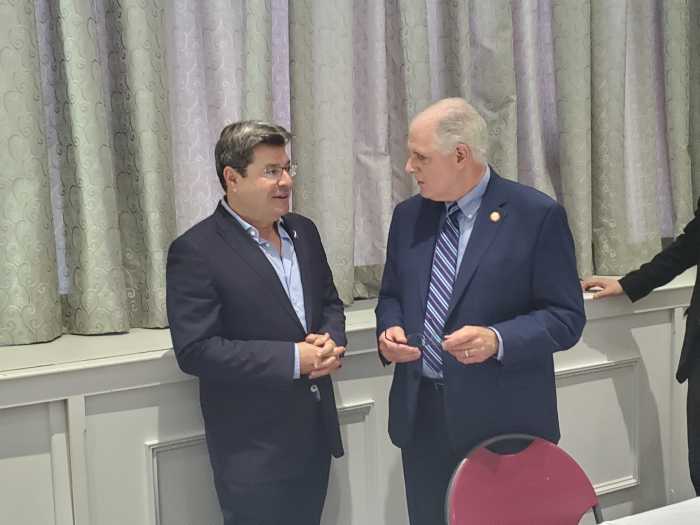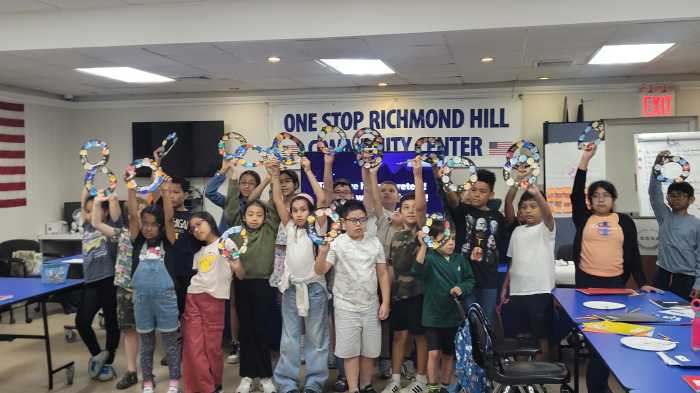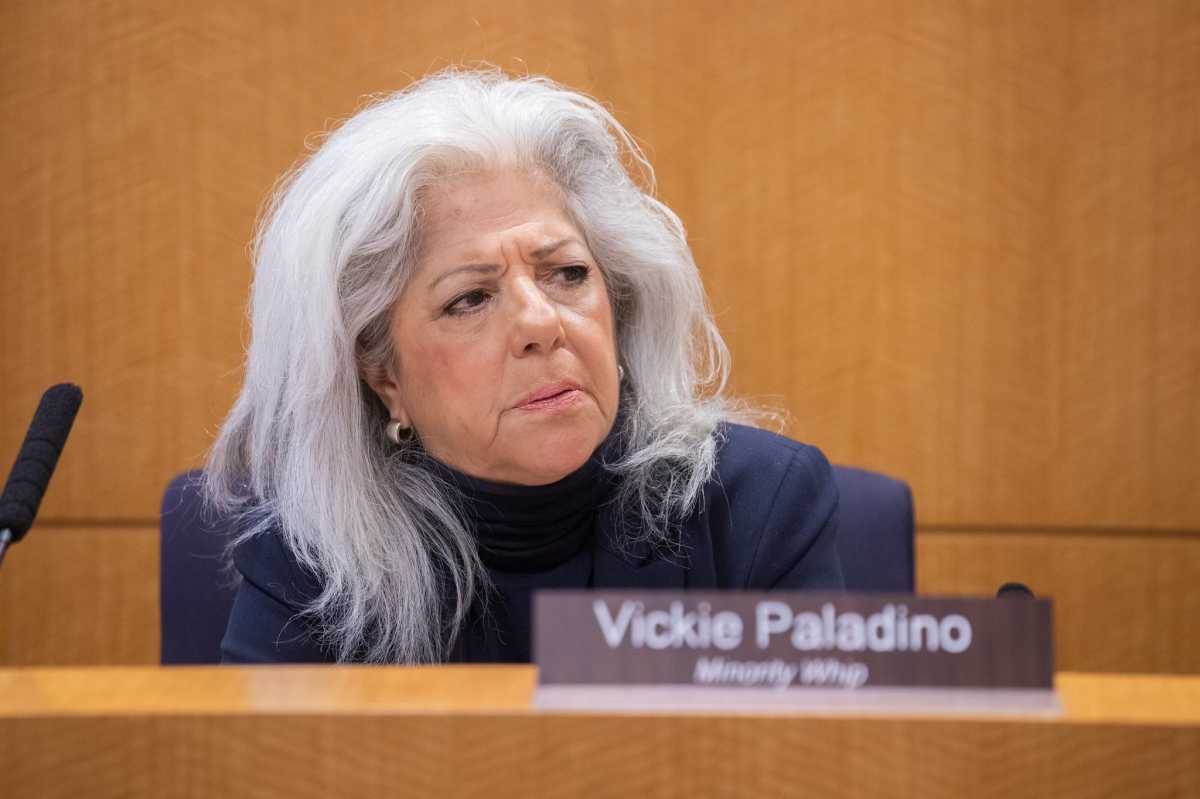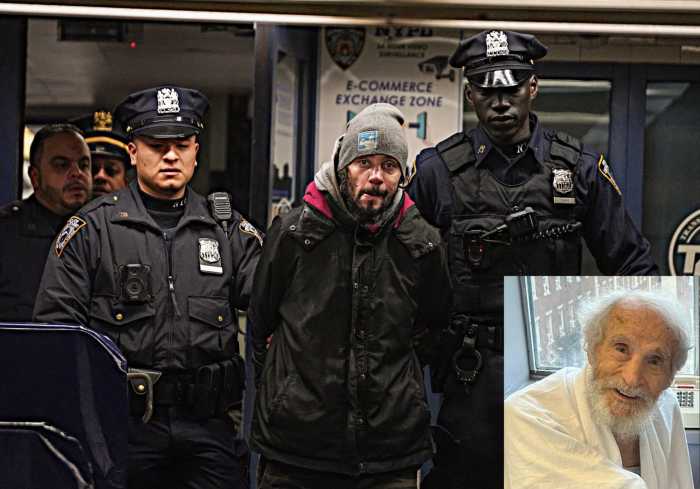Elected officials and prominent business leaders in Long Island City unveiled a plan last week to make the neighborhood the latest and greatest tech town in the country.
The “Western Queens Tech Zone Strategic Plan” presents a series of proposals to improve Long Island City’s position as a thriving technology sector. The multi-faceted plan was presented by Queens Borough President Melinda Katz and local stakeholders on June 29 at WeWork Queens Plaza.
The study encompassed the entire neighborhood of Long Island City and considers how the locale could complement other burgeoning tech communities in the city, including Cornell NYC’s Tech campus at Roosevelt Island and the Brooklyn Tech Triangle (Downtown Brooklyn, DUMBO and the Brooklyn Navy Yard), while developing its own signature “brand.”
According to the study, there were 8,400 tech jobs in western Queens in 2016. These jobs paid a median wage of $31 an hour, compared to $22 for all jobs, and 34 percent of the positions required no post-secondary education.
The long term “road map for growth” consists of six main initiatives to grow upon the existing sector, including a plan to create a 40,000- to 60,000-square-foot physical hub for tech innovation. The space will expand access to tools, training and affordable office space and would be open to the entire community.
The strategy also lays out plans to market the neighborhood as a tech town by creating a “recognizable brand,” to strengthen the tech workforce pipeline by developing a partnership between government and private tech employers, and to secure federal and state funding to expand tech training program, focusing in on groups that are currently under-represented.
Existing factors also position the neighborhood for tech sector success, the study says. Long Island City is already home to eight tech-focused educational institutions and five workforce development organizations, and the neighborhood has 3 million square feet of office space in the pipeline. It is also easily accessible by multiple modes of public transportation, including the subway, ferry and Long Island Rail Road.
“Tech jobs, on average, pay more and are growing at a faster clip than jobs citywide,” Katz said. “Western Queens offers a coveted, dynamic mixed-use community where workers can live, ideas can synergize and businesses can thrive. We commissioned the Tech Plan to facilitate a more equitable growth of this emerging global innovation hub and the city’s next leading tech ecosystem. By leveraging its inherent assets, as well as training locally and hiring locally, we will steer our borough into a more competitive lane of the digital age.”
At the event, Katz also announced the formation of the Western Queens Tech Council. The group of 21 individuals will be charged with implementing the Tech Plan, identifying a tech-driven brand for the area and promoting a coordinated strategy for the tech district.
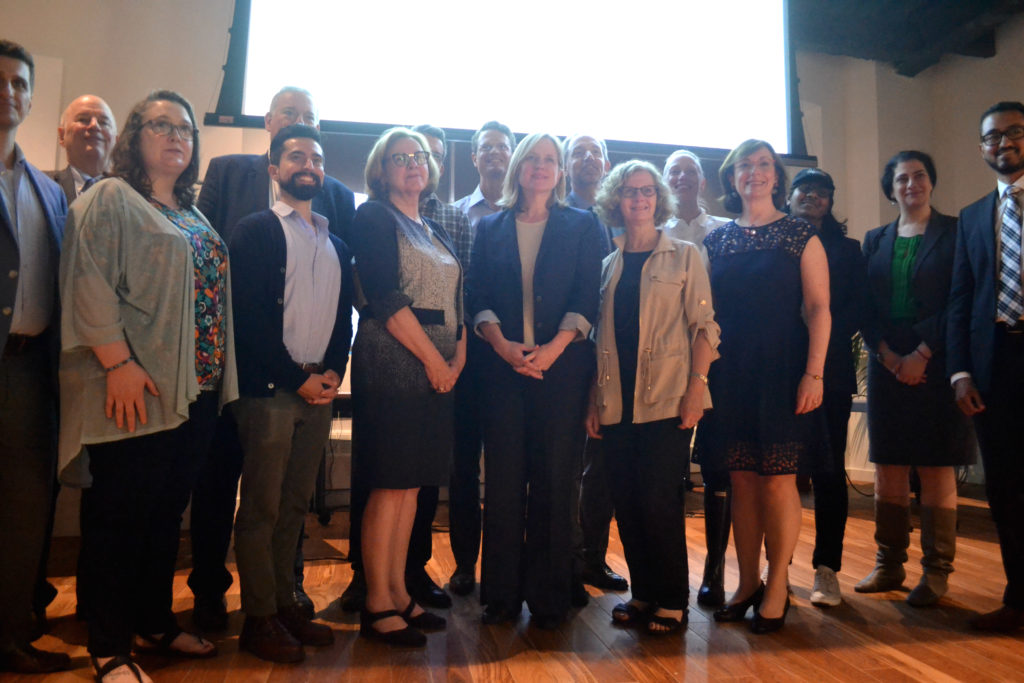
“The borough president’s Western Queens Tech Zone Strategic Plan is timely, visionary and comprehensive,” said Elizabeth Lusskin, president of the LIC Partnership and member of the Tech Council. “With so much and such varied tech activity – from coding to advanced manufacturing – already underway in LIC, Cornell Tech now open a quick ferry stop away, and LaGuardia Community College so pivotal, we need to act on this strategic plan to capture, support and share these great jobs and creative energy in our unique live/work/innovate community.”
The plan now enters the phases of implementation and its success “will hinge upon continued engagement from all stakeholders vested in western Queens’ growth, including those entrusted on the Tech Council,” Katz said.
The tech plan was first initiated by the Western Queens Tech Task Force in 2011 and funded by the New York State Department of State under Title 11 of the Environmental Protection Fund.


